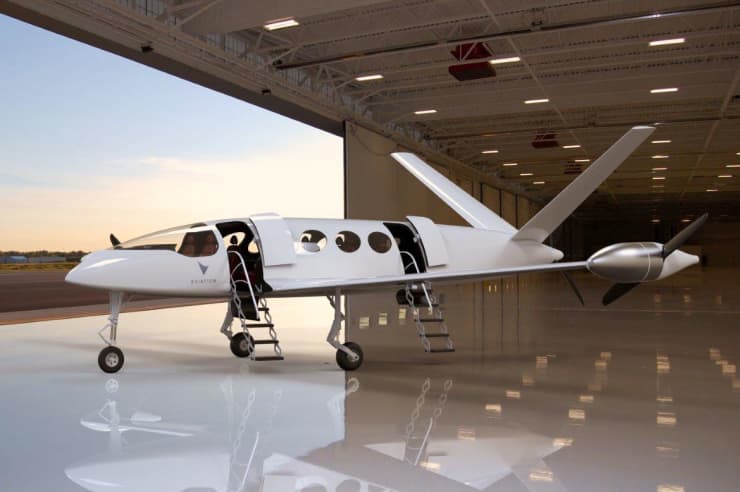Ventucky Red
Pattern Altitude
- Joined
- Jan 9, 2013
- Messages
- 1,975
- Display Name
Display name:
Jon
Which is just about 99.9999999999% of the others here..
What is the purpose of the third pusher prop on the tail, and why are the motors mounted at end of the wing.. seems to me that it would make it a little harder to control should they lose and engine err.. excuse me a motor
Full article here https://www.cnbc.com/2019/02/20/siemens-to-provide-electric-motors-for-start-up-eviations-plane.html

What is the purpose of the third pusher prop on the tail, and why are the motors mounted at end of the wing.. seems to me that it would make it a little harder to control should they lose and engine err.. excuse me a motor
Full article here https://www.cnbc.com/2019/02/20/siemens-to-provide-electric-motors-for-start-up-eviations-plane.html

